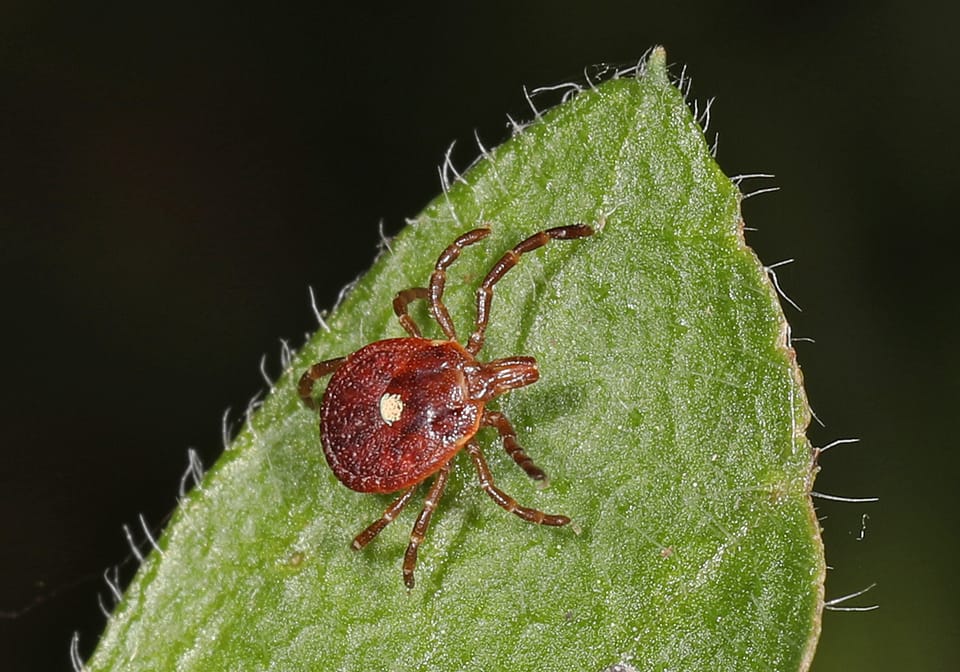Executive Council approves $60,000 to track ticks

A contract to spend $60,000 in federal funds on tick tracking efforts around the state was approved by the Executive Council last week.
MaineHealth, located in Portland, Maine, will be responsible for tracking ticks at 20 locations in New Hampshire, according to the Department of Health and Human Services request for funding. This includes locations ranging from Colebrook to Durham and Manchester.
“It is critical to know where ticks are active to properly assess the risk of tick-borne diseases in humans,” the request states. “Some illnesses, which include but are not limited to Lyme disease, anaplasmosis, babesiosis, and ehrlichiosis, can be debilitating and potentially life threatening.”

Global warming has been helpful to tick populations, expanding tick season to parts of the winter that used to be too cold for them to survive. This can increase the risk of ticks transferring diseases to people, and it has increased the range of some tick species.
Among them is the Lone Star tick, whose range has expanded into parts of New England as winters have become milder. That tick, whose bite can lead to meat allergies, is one of the three tick species the department is asking MaineHealth to count. The other two are the blacklegged tick, which are often called deer ticks, and the Asian longhorned tick, which were first found in the United States in 2017 and in New Hampshire a year later. More research is needed to determine if these ticks can make people ill, according to the Centers for Disease Control and Prevention.
MaineHealth will be required to visit these sites once in June or July to count baby ticks and then again in October to count adult ticks.
New Hampshire has a high incidence of Lyme disease, with 1,106 confirmed cases and another 604 probable cases in 2019, the most recent year with available data, according to the CDC.
This story was produced by the editorially independent New Hampshire Bulletin, which is part of States Newsroom. Contact Editor Dana Wormald for questions: info@newhampshirebulletin.com.
